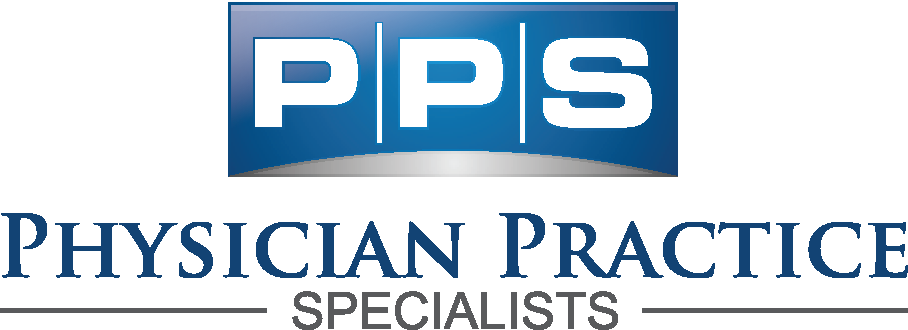Provider Credentialing vs. Provider Enrollment: Understanding the Difference
In the healthcare industry, providers must go through certain processes to be able to participate in insurance networks and receive reimbursement for their services. Two of these processes are provider credentialing and provider enrollment. While these terms are often used interchangeably, they actually refer to different steps in the process of becoming a participating provider in an insurance network. In this article, we’ll explore the differences between provider credentialing and provider enrollment, and why it’s important to understand these distinctions.
Provider Credentialing: What Is It?
Provider credentialing is the process of verifying a healthcare provider’s qualifications and eligibility to participate in insurance networks. It involves collecting and reviewing information about a provider’s education, training, licensure, and professional history, among other things. The goal of provider credentialing is to ensure that healthcare providers meet certain standards of quality and competence before they are allowed to participate in an insurance network.
Provider credentialing is typically done by insurance companies, healthcare organizations, and other entities that contract with healthcare providers to provide services to their members. The process can take several weeks to several months to complete, depending on the complexity of the provider’s application and the requirements of the organization conducting the credentialing.
The provider credentialing process typically involves several steps, including:
-
Application: Providers must complete an application that includes detailed information about their education, training, licensure, and professional history. They may also need to provide information about their practice location, the services they provide, and their insurance coverage.
-
Verification: The organization conducting the credentialing will verify the information provided by the provider, often by contacting licensing boards, educational institutions, and other sources.
-
Review: The organization will review the provider’s application and supporting documentation to determine if they meet the organization’s standards for participation in their network.
-
Approval: If the provider meets the organization’s standards, they will be approved for participation in the network.
Why Is Provider Credentialing Important?
Provider credentialing is important for several reasons. First, it helps ensure that healthcare providers meet certain standards of quality and competence, which can help improve patient safety and outcomes. Second, it helps protect insurance companies and healthcare organizations from fraud and abuse by ensuring that only qualified providers are able to participate in their networks. Finally, it helps healthcare providers establish themselves as credible and reliable partners for insurance companies and healthcare organizations.

Provider Enrollment: What Is It?
Provider enrollment is the process of registering with an insurance network to become an approved provider and receive reimbursement for services provided to patients covered by that network. It involves submitting an application and supporting documentation, such as proof of licensure, malpractice insurance, and education and training credentials.
Provider enrollment is typically done by healthcare providers who wish to participate in insurance networks, such as Medicare, Medicaid, or private insurance companies. The process can take several weeks to several months to complete, depending on the completeness of the provider’s application and any additional documentation that may be required.
The provider enrollment process typically involves several steps, including:
-
Application: Providers must complete an application that includes detailed information about their practice location, the services they provide, and their insurance coverage. They may also need to provide documentation of their licensure, malpractice insurance, and education and training credentials.
-
Review: The insurance company or other organization conducting the enrollment will review the provider’s application and supporting documentation to determine if they meet the requirements for participation in their network.
-
Approval: If the provider meets the organization’s requirements, they will be approved for participation in the network.

Why Is Provider Enrollment Important?
Provider enrollment is important for several reasons. First, it allows healthcare providers to participate in insurance networks and receive reimbursement for their services, which is crucial for the financial viability of their practices. Second, it helps ensure that patients have access to a broad range of healthcare providers who participate in their insurance network, which can help improve healthcare outcomes. Finally, it helps insurance companies and other organizations manage costs and ensure that providers are following their rules and regulations.
The Difference Between Provider Credentialing and Provider Enrollment
Now that we’ve explored what provider credentialing and provider enrollment are, let’s take a closer look at the differences between these two processes. While both are important steps in becoming a participating healthcare provider in an insurance network, there are several key distinctions between the two.
-
Purpose: The primary purpose of provider credentialing is to verify a healthcare provider’s qualifications and eligibility to participate in an insurance network. The primary purpose of provider enrollment is to register with an insurance network and become an approved provider to receive reimbursement for services provided to patients covered by that network.
-
Timing: Provider credentialing is typically done before a healthcare provider is allowed to participate in an insurance network, while provider enrollment is done after a healthcare provider has been approved to participate in an insurance network.
-
Requirements: Provider credentialing typically involves verifying a healthcare provider’s education, training, licensure, and professional history, among other things. Provider enrollment typically involves submitting documentation of a healthcare provider’s licensure, malpractice insurance, and education and training credentials.
-
Entities Involved: Provider credentialing is typically done by insurance companies, healthcare organizations, and other entities that contract with healthcare providers to provide services to their members. Provider enrollment is typically done by healthcare providers who wish to participate in insurance networks, such as Medicare, Medicaid, or private insurance companies.
-
Timeframe: Provider credentialing can take several weeks to several months to complete, depending on the complexity of the provider’s application and the requirements of the organization conducting the credentialing. Provider enrollment can also take several weeks to several months to complete, depending on the completeness of the provider’s application and any additional documentation that may be required.
Conclusion
Provider credentialing and provider enrollment are both important steps in becoming a participating healthcare provider in an insurance network. While these terms are often used interchangeably, they actually refer to different steps in the process of becoming a participating provider. Understanding the differences between these two processes is crucial for healthcare providers who wish to participate in insurance networks and receive reimbursement for their services. By ensuring that they meet the requirements for both provider credentialing and provider enrollment, healthcare providers can establish themselves as credible and reliable partners for insurance companies and healthcare organizations.



